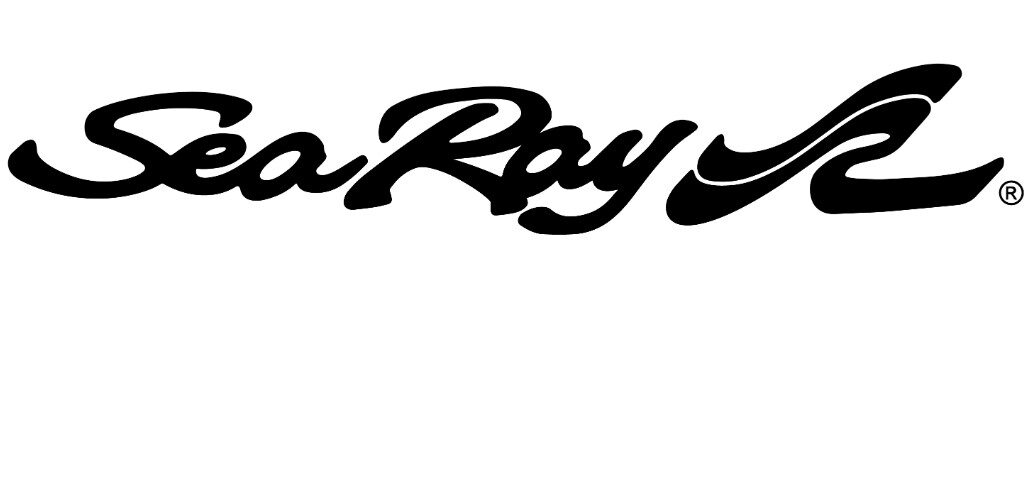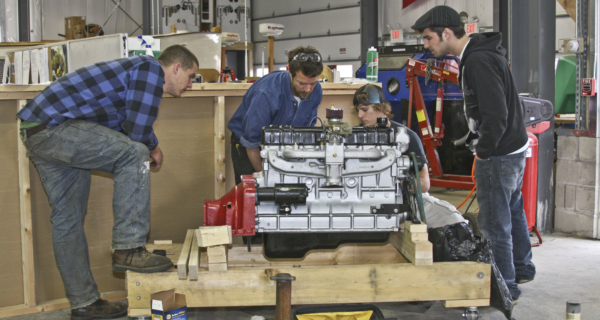Tackling the BIG THREE
Improving parts department profitability by turning inventory quicker. Ensuring better F&I approval rates. Limiting losses due to employee or consumer theft.
These were just three of the issues tackled during Assurant Solutions’ annual Update 2009, an annual, three-day training event that touched on all dealership profit centers as well as management techniques. The following is a brief look at some of the issues covered in the more than 40 seminars that were featured at the Atlanta event.
Increasing F&I approval rates
One of the biggest issues the industry currently has — improving lending approval rates — can be at least partially dealt with by improving inventory, said Tom Gray of Assurant Solutions.
Gray advised dealers to have enough pre-owned and lower-priced units on hand to deal with the reduction in available financing, not to mention diminished disposable income.
To boost pre-owned stock, Gray suggested dealers consider providing incentives for staff — sales, parts or service employees — to find used products for the store to sell.
Another tip: When a consumer is looking for a new unit, make sure they find the right one, but also plant the seed for a lower-priced model. That way, if the loan amount for the more expensive model isn’t approved, the idea of the cheaper model won’t be frowned upon.
Salespeople can also improve lending rates by asking consumers for a cash down payment. Gray noted many simply expect the consumer to turn down such a request, so they don’t even ask. For those who do ask, Gray cautioned that salespeople shouldn’t tell consumer that lenders “require” cash down payments as that’s not always the case.
In addition, establishing a tie to a local lending institution is key to improving lending approval rates. “Local credit unions can do some things that bigger banks won’t do,” Gray said.
He advised dealers invite local credit union managers to the dealership to “let them have a chance to see your dealership, to meet people at your dealership and let them see how your paper is performing.”
Once a relationship is started, dealers should use these local lending sources for a spectrum of credit applications, not just those that are turned down by other, more traditional lenders, according to Gray.
Improving P&A turns
One way to improve inventory turns — which is key to building profitability — is to not classify each item in the parts and accessories department under one lump grouping, said Kent Meadows, a regional vice president at Assurant Solutions.
Meadows suggested dealers have different turn expectations for each of the following categories:
Destination parts: those items that are unique to each dealership;
Staple items: commodity, high-turn items that are used frequently in the service department;
Fashion; Impulse items.
The latter should be closely scrutinized if they are not moving at a high turn rate. Retail-marketing studies, Meadows noted, show consumers take less than half a second to decide whether to buy an impulse item that is likely sitting near the cash register or at the front of the store.
“If those impulse items are not moving, they’re not the right ones,” Meadows said.
In general, dealers should work toward turning their entire parts inventory at least three times per year, but that frequency may be elevated depending on what P&A category they fit into.
Stocking levels also are crucial to achieving the correct turn ratio. Meadows advised dealers to stock on the low side of an average parts’ month sell through. For example, if a dealer sold a specific part an average of eight times per month, he advised dealers stock six such items, freeing up valuable cash reserves. Higher levels are not necessary due to the fact that parts can be restocked at a relatively quick rate without exorbitant shipping charges. Too many dealers stock according to the highest number of parts they have sold in a recent period rather than considering how quickly they can restock at affordable shipping rates, said Meadows.
Another key to improving turn ratios: Don’t use the past as the only indicator of what to stock and how much to stock. Meadows suggested also using these future indicators as ways to correctly stock:
New unit sales: P&A managers should look at what has sold in recent months and what new units the dealership is selling to have sufficient stock that could be added to the new units;
Priority maintenance contracts: These can indicate what models are likely to be worked on in the coming weeks;
Market conditions: More lower- or mid-price point products could be considered in a slower economy;
Door swings: Such traffic counts should indicate not only how much product to stock at certain times of the year, but also how much staff to have on hand.
Reducing shrinkage
Policy measures to address in-house shrinkage were also outlined as surveys have shown up to 85 percent of such theft is done by employees, said Jim Rasmus, president of Retail Design Associates and a guest speaker at Update 2009.
To reduce shrinkage among employees, Rasmus advised the following:
Create a Big Brother psychology with the use of security equipment or through secret shopper programs;
Be proactive rather than reactive: Have lockers for staff to put their jackets and/or purses in. Establish a policy that requires boxes to be crushed before they’re placed in the garbage can, a practice that will stop employees from hoarding items in boxes and then picking them up after work;
Stop service department employees from being able to take items from the parts department. Rasmus noted service department employees aren’t necessarily trying to steal from their employers but often fail to note the use of smaller, everyday commodity items. These types of small oversights can lead to huge losses over an extended time period.
In regard to consumer shrinkage, Rasmus said retailers “have to set the right environment so consumers will shop from you and not steal from you.” Part of that means acknowledging the consumer as soon as they come in the door. Also, ensure consumers can be seen at all times around the store. Tall retail fixtures can make this an almost impossible task, he added.
Other suggestions included:
Having all receivables be immediately placed in a locked area on arrival from a shipping company rather than somewhere in the store where a consumer can easily walk off with them;
Consider doing at least two inventory audits per year. If the audited inventory is more than 2 percent less than the amount invested in that inventory, that should be a signal to the dealer that shrinkage is a problem.
How to implement these changes
As dealers try to implement new processes, they ought to keep in mind a 2001 Harvard Business Review study that found two-thirds of all attempts at making changes in the workplace fail.
The reason? Poor communication and lack of follow through or resolve to see the change through, said John Tabar of Assurant Solutions.
To improve the odds of the change actually succeeding, Tabar advised dealers consider the following: 1) acknowledge change is not easy and that it takes commitment from the top down; 2) recognize it is a process and to expect a staff to change after being told to do something differently once is not realistic; and 3) remember change comes faster with a team effort.
Tabar also suggested dealers be aware of the four likely emotional stages that come with change: shock, anger, rationalization and acceptance. This process — known as “SARA” — can take as long as 90 days for the staff to get through.
To build value when changes are made, dealers should be sure to demonstrate the value of the change to each of their staff members as well as outline for them what they are expected to do, when will they be expected to do it and what they can expect from their managers.




